When President Biden signed the Bipartisan Infrastructure Law in 2021, he announced a goal to install 500,000 new electric vehicle chargers across the nation by 2030. The Department of Energy’s Vehicle Technologies Office has tasked the experts at Idaho National Laboratory to answer big questions surrounding this goal.
Tag: national laboratories
New Technique Lets Scientists Create Resistance-Free Electron Channels
Researchers have taken the first atomic-resolution images and demonstrated electrical control of a chiral interface state – an exotic quantum phenomenon that could help researchers advance quantum computing and energy-efficient electronics.
Tracking radioactive source recovery: New Cesium Irradiator Replacement Project Dashboard
People often think of radiation as the basis for carbon-free nuclear power. But radiation can also save lives.
A FORCE to be reckoned with: Computer modeling for optimal energy partnerships
Integrating nuclear power into broader energy systems, including renewable energy sources and heat-intensive industries, could improve flexibility and unlock revenue streams for nuclear power producers.
Shoshone-Bannock Tribes, Idaho National Laboratory Begin Irrigation Modernization Case Study
Idaho National Laboratory (INL) is partnering with the Shoshone-Bannock Tribes to modernize the Fort Hall, Idaho-based irrigation system.
Meet the Autonomous Lab of the Future
To accelerate development of useful new materials, researchers at Berkeley Lab are building a new kind of automated lab that uses robots guided by artificial intelligence. A-Lab will rapidly test whether materials that have been computationally predicted can be made in reality. The lab’s vision is to use AI to discover materials of the future, starting with a focus on materials for batteries and energy storage.
DOE Announces a Request for Information to Strengthen and Catalyze Place-Based Regional Innovation
The U.S. Department of Energy (DOE) Office of Technology Transitions and Office of Science today jointly released a request for information (RFI) to strengthen place-based innovation activities by leveraging DOE national laboratories, plants, and sites for the benefit of the American people.
Center for Bioenergy Innovation adds three new board members
The Department of Energy’s Center for Bioenergy Innovation, led by Oak Ridge National Laboratory, recently added three new members to its board of directors: Deborah Crawford of the University of Tennessee, Knoxville; Susan Hubbard of ORNL; and Maureen McCann of the National Renewable Energy Laboratory.
Idaho technology changing outlook of advanced materials development
On their way to market, technologies often reach what is called the “valley of death,” the point where a researcher or institution has developed a promising idea, has received funding through grants, and then runs out of cash to move the idea beyond the laboratory.
Biden-Harris Administration Announces $1.5 Billion From Inflation Reduction Act to Strengthen America’s National Laboratories
The Biden-Harris Administration, through the U.S. Department of Energy (DOE), today announced $1.5 billion from President Biden’s Inflation Reduction Act to build and upgrade America’s national laboratories.
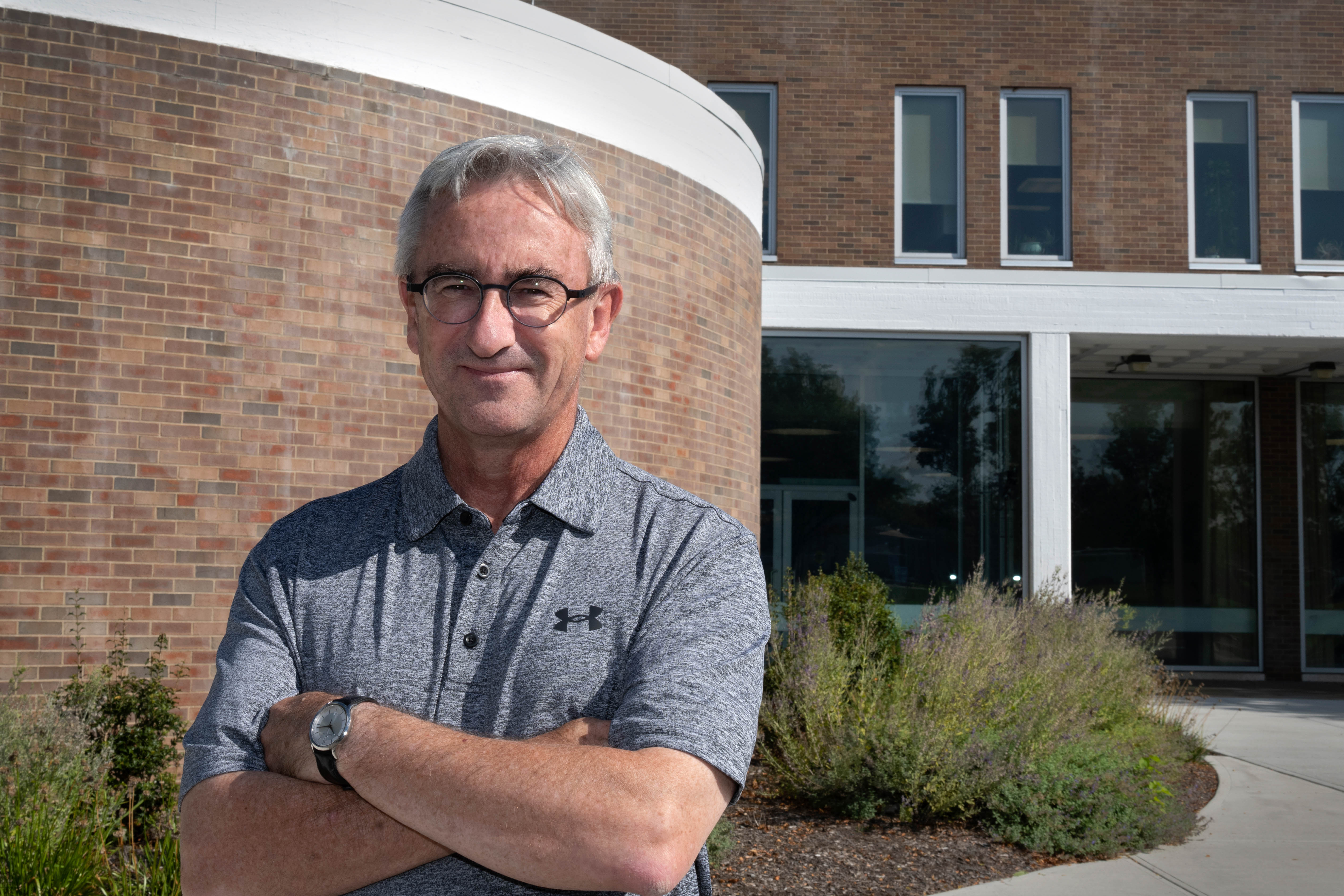
Brookhaven Lab Names John C. Gordon Chemistry Division Chair
John C. Gordon has been named Chemistry Division Chair at the U.S. Department of Energy’s (DOE) Brookhaven National Laboratory, effective Sept. 12, 2022.
Ames Laboratory is now Ames National Laboratory
The U.S. Department of Energy’s Ames Laboratory has announced a name change, to Ames National Laboratory.

New Model for Antibacterial Mechanism
Biologists have discovered an aberrant protein that’s deadly to bacteria. The discovery could help scientists unravel the lethal mechanism of certain antibiotics—and potentially point the way to future antibacterial drugs.
Fighting Fire with Data Science
UC San Diego has announced a joint appointment with Los Alamos National Laboratory with the appointment of Senior Scientist Rodman Linn to a three-year position with the Halıcıoğlu Data Science Institute (HDSI). This is the first joint appointment program between Los Alamos and a UC campus.
LED Material Shines Under Strain
A team led by researchers at Lawrence Berkeley National Laboratory (Berkeley Lab) and UC Berkeley has demonstrated an approach for achieving LEDs with near 100% light-emission efficiency at all brightness levels.
One scientist’s trash is another’s treasure:
While making materials samples to pursue their own research goals, scientists at the U.S. Department of Energy’s Ames Laboratory discovered that an unwanted byproduct of their experiments was an extremely high-quality and difficult-to-obtain substance sought after by scientists researching layered materials.
David Sholl: Driving a decarbonized energy system
David Sholl, director of Oak Ridge National Laboratory’s new Transformational Decarbonization Initiative, is on a mission: hasten the development and deployment of decarbonization solutions for the nation’s energy system.
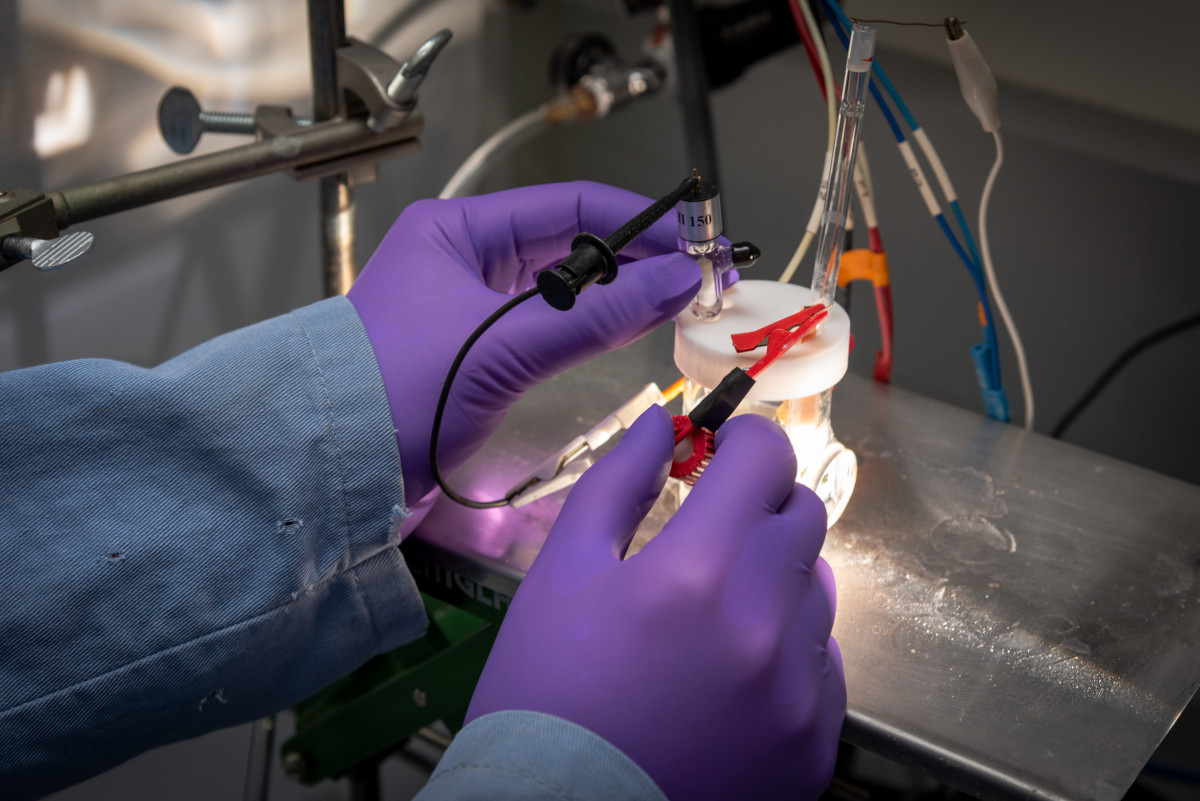
This hydrogen fuel machine could be the ultimate guide to self improvement
Scientists at Berkeley have uncovered an extraordinary self-improving property that transforms an ordinary semiconductor into a highly efficient and stable artificial photosynthesis device
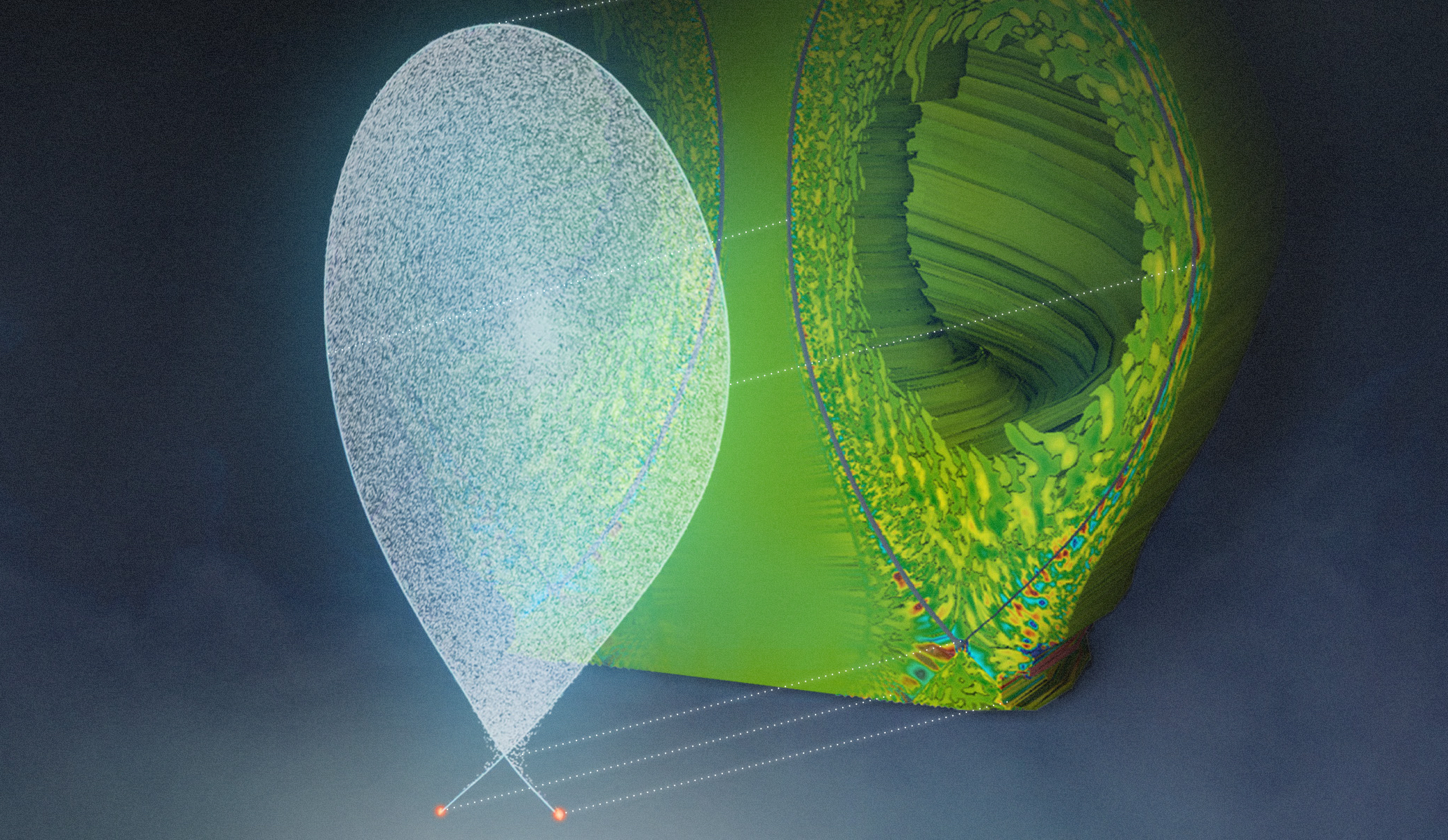
Scientists Use Supercomputers to Study Reliable Fusion Reactor Design, Operation
A team used two DOE supercomputers to complete simulations of the full-power ITER fusion device and found that the component that removes exhaust heat from ITER may be more likely to maintain its integrity than was predicted by the current trend of fusion devices.
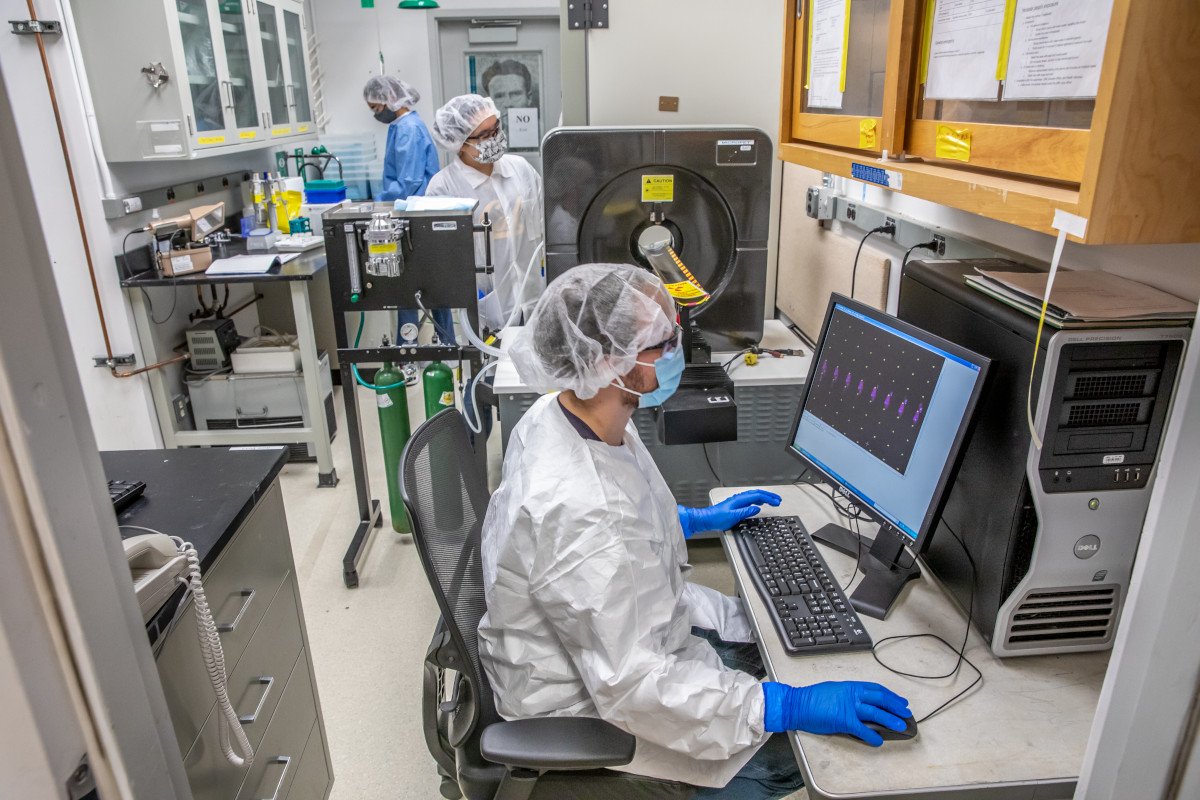
Scientists Recruit New Atomic Heavyweights in Targeted Fight Against Cancer
Researchers from Berkeley Lab and Los Alamos National Laboratory have developed new methods for the large-scale production, purification, and use of the radioisotope cerium-134, which could serve as a PET imaging radiotracer for a highly targeted cancer treatment known as alpha-particle therapy.
Brookhaven’s Kevin Yager Named Oppenheimer Leadership Fellow
Yager, a group leader at the Center for Functional Nanomaterials, is exploring challenges and opportunities for the U.S. Department of Energy.
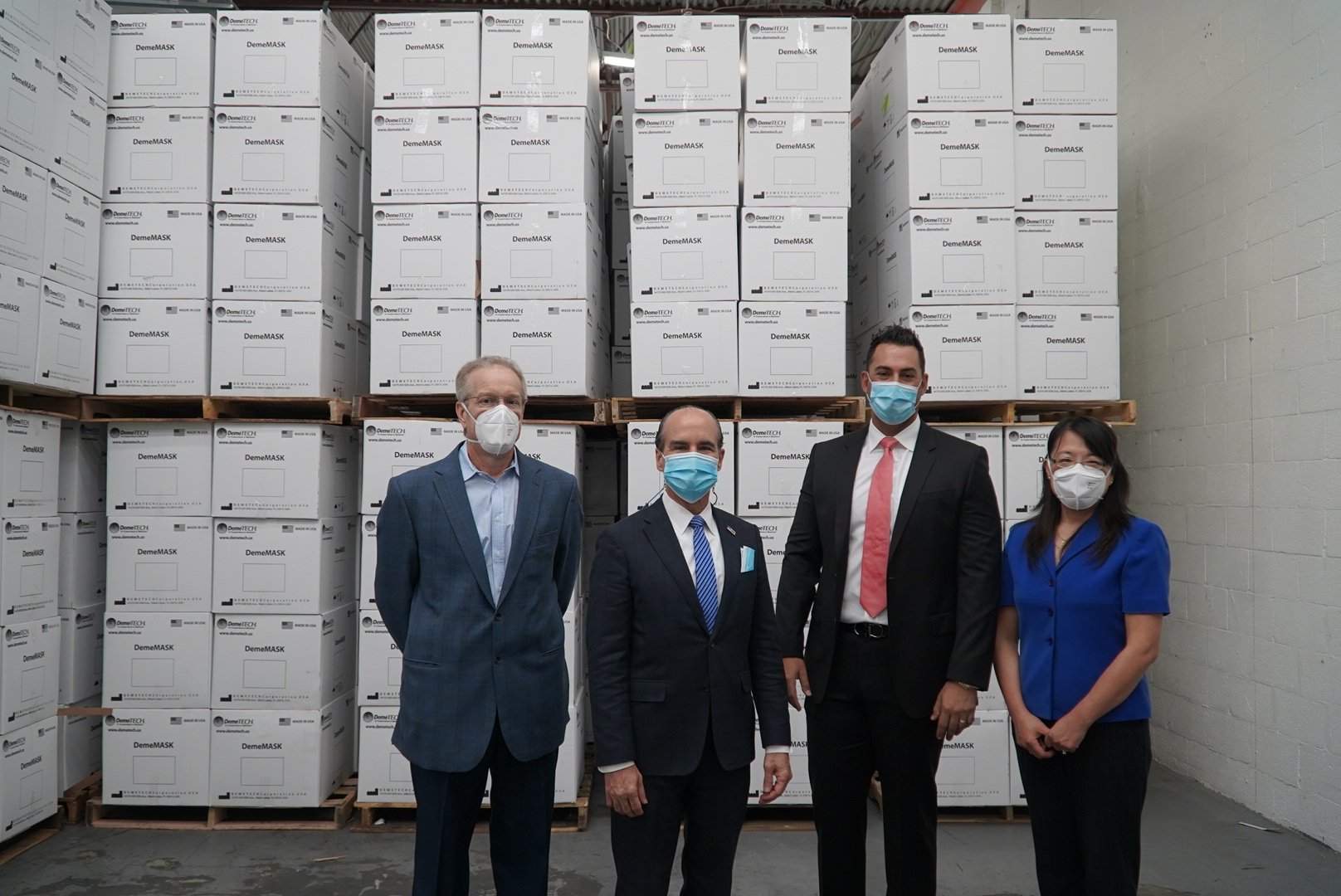
Oak Ridge National Laboratory industry collaboration enables job growth, N95 mask production in Florida
A collaboration between the Department of Energy’s Oak Ridge National Laboratory and a Florida-based medical device manufacturer has led to the addition of 500 jobs in the Miami area to support the mass production of N95 respirator masks.
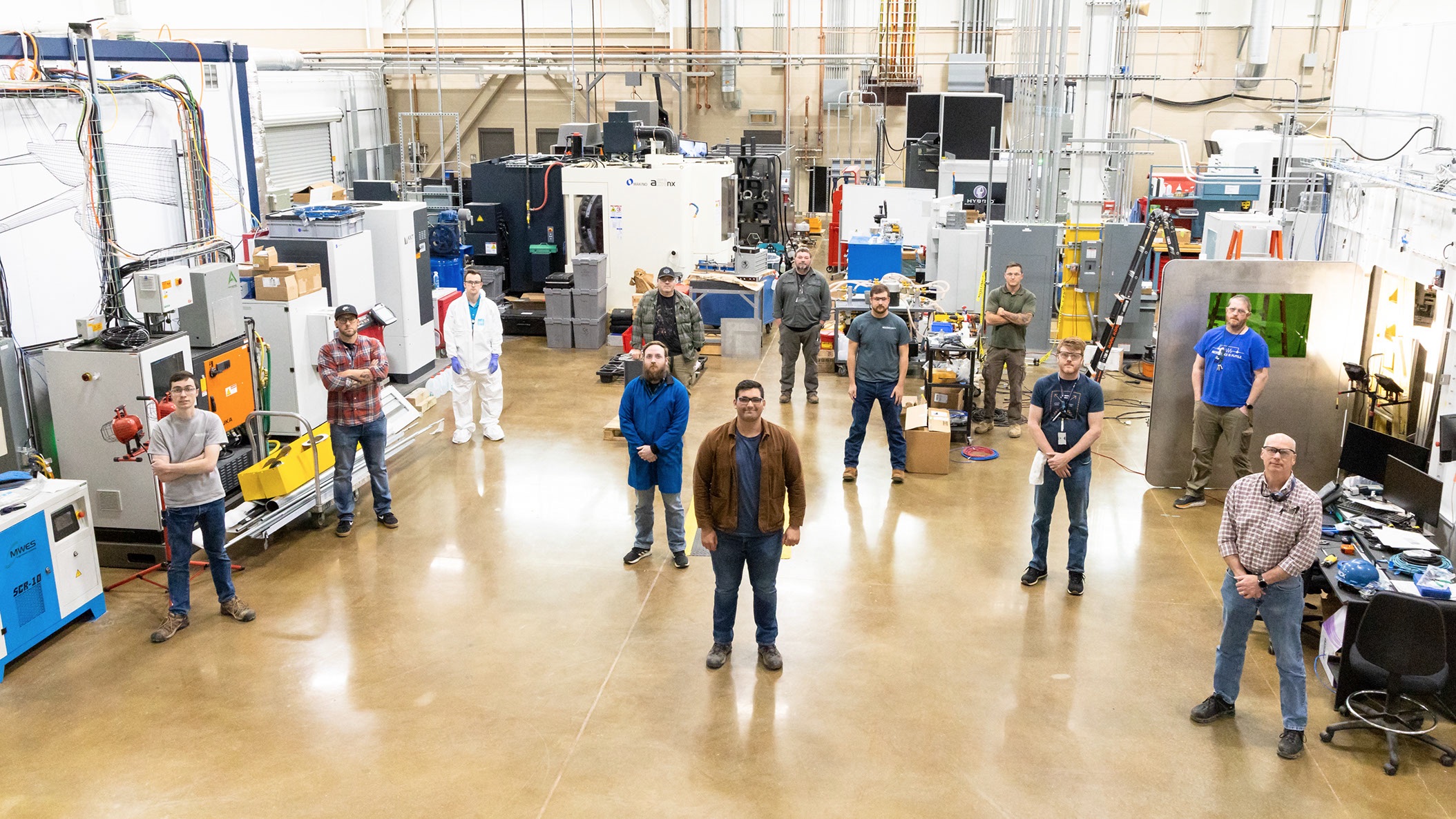
ORNL’s advanced manufacturing innovation helps industry in COVID-19 fight
Researchers at the US Department of Energy’s Manufacturing Demonstration Facility and Carbon Fiber Technology Facility at Oak Ridge National Laboratory are using their materials science, fiber production and additive manufacturing expertise and capabilities to produce tooling such as custom molds for injection molding to provide US industry with the necessary resources to mass produce healthcare supplies in record time.
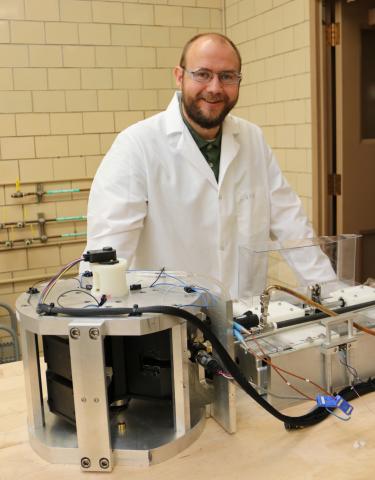
Ames Lab’s testing device speeds the way to new refrigeration technology
The U.S. Department of Energy’s Ames Laboratory is employing a testing device that pairs materials science with engineering systems development. Called CaloriSMART (Caloric Small-scale Modular Advanced Research Test-stand), the one-of-a-kind system is being used to rapidly test new materials that might eventually be part of an entirely new kind of refrigeration technology.
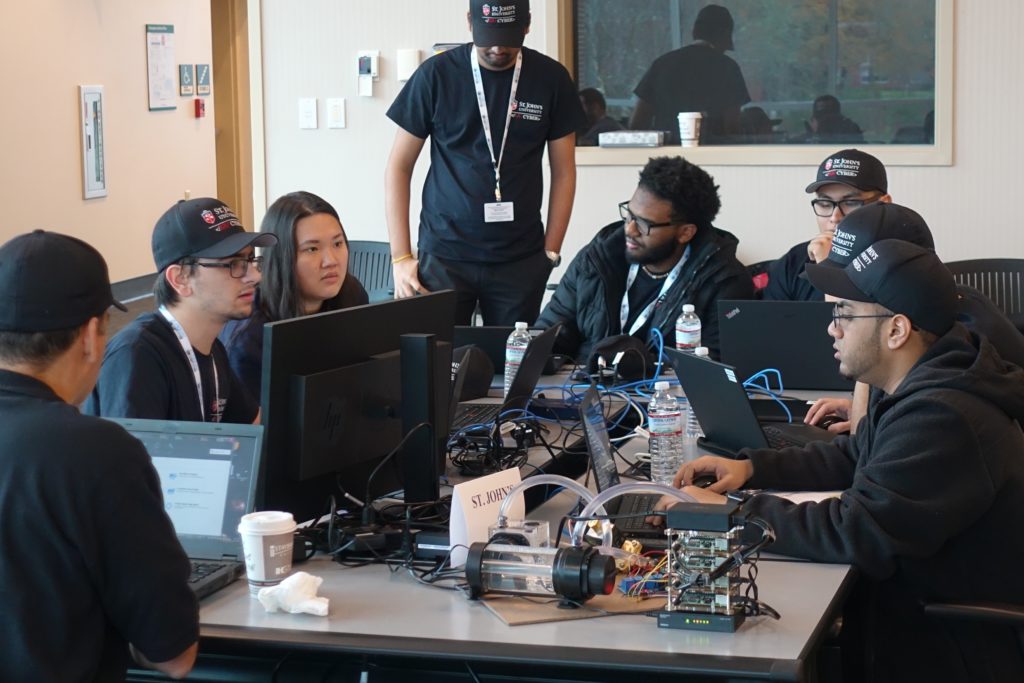
ORNL to host 13 teams for DOE CyberForce Competition
Oak Ridge National Laboratory will give college students the chance to practice cybersecurity skills in a real-world setting as a host of the Department of Energy’s fifth collegiate CyberForce Competition on Nov. 16.
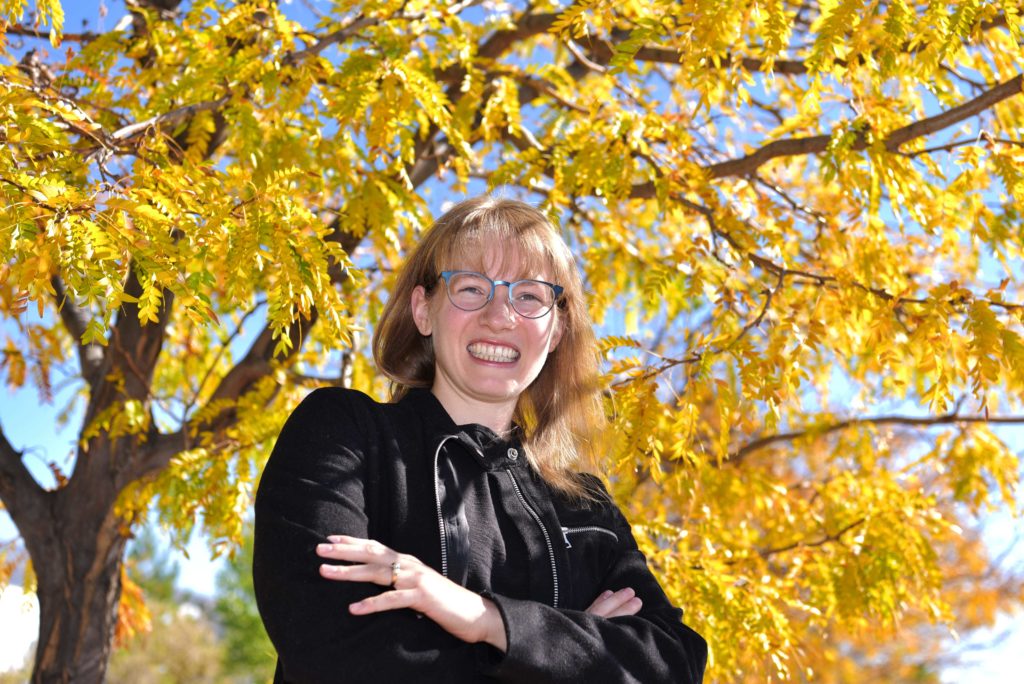
Hate to wait? Sandia looks to speed up climate research
Sandia National Laboratories has awarded Kelsey DiPietro a Jill Hruby Fellowship to speed up climate research. The applied mathematician has proposed a way to make computer models more efficient — improving accuracy without increasing time or resources to run them.